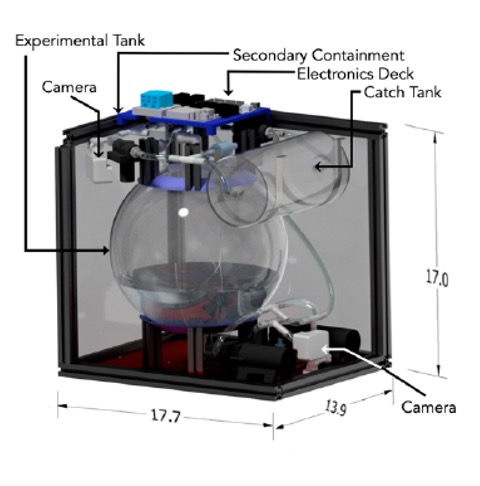Propellant Gauging During On-Orbit Refueling and Transfer Operations
PI: Kevin Crosby, Carthage College
PI: Kevin Crosby, Carthage College

- NA
In-space propellant transfer and refueling is a critical-path technology for a sustained human presence in space. Lunar and planetary, orbiting stations, including Lunar Gateway will require the ability to refuel spacecraft and transfer propellant between vehicles. In-space propellant transfer relies on accurate microgravity liquid mass gauging technologies, which at present are either non-existent or low-TRL.
Modal Propellant Gauging (MPG) is designed to reduce risk for critical Gateway elements and enable extended human presenceon the lunar surface. MPG is the only low-gravity liquid gauge with significant flight heritage as well as the only approach that is propellant agnostic, non-invasive (i.e., no tank penetrations), and sufficiently advanced to have a radiation-hardened development path for deep-space use.
Flight testing is expected to raise the TRL for (1) measurement of the liquid phase volume and surface distribution in the upper dome of spherical transfer tank during propellant transfer in microgravity, (2) determination of gauge resolution during draining/transfer from spherical tank in microgravity, (3) demonstration of autonomous gauging algorithms in flight-path hardware.
This work is a continuation of previous flight testing under T0123, T0147, T0160, T0191, and T0229.
•NASA’s Orion spacecraft and Space Launch System
•Commercialand military satellite providers
•NASA’s Human Research Program
•NASA’s Lunar Gateway
•Commercial launch services providers
•Commercial and NASA programs developing in-orbit fuel depots
Technology Details
-
Selection DateTechFlights20 (Sep 2020)
-
Program StatusActive
- 2 Parabolic
- 0 sRLV
Development Team
-
PIKevin Crosby
-
Organization
-
Sponsor

